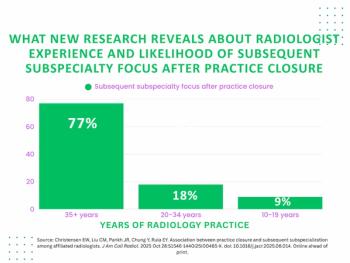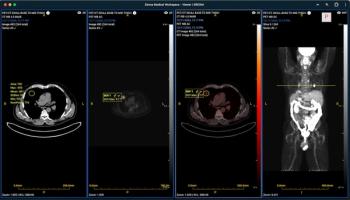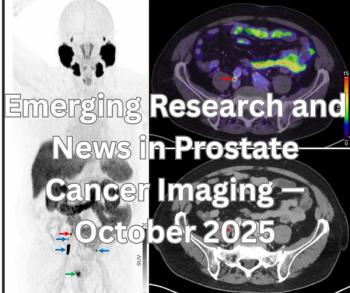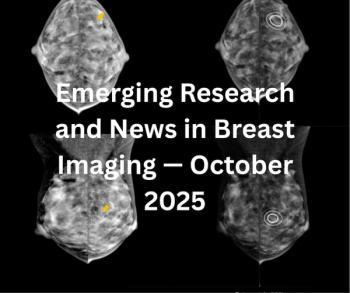
Carotid stenting gains support in cerebrovascular disease
Carotid angioplasty is a safe procedure for preventing cerebrovascular disease, according to researchers in Italy.
Carotid angioplasty is a safe procedure for preventing cerebrovascular disease, according to researchers in Italy.
Interventional radiologist Dr. Gianluca Piccoli and colleagues from the Santa Maria della Misericordia Hospital in Udine performed angioplasty and stenting on 180 patients with carotid artery disease. Their results, presented on Wednesday, showed that the technique was as effective as surgery, with comparable rates of neurologic complications and a similarly low rate of restenosis.
"Today these procedures are largely used for the heart, but I think that in the future they will be used for every artery and every part of the body," Piccoli said.
The risks associated with carotid surgery prompted the team to use the stenting technique. Because most surgeons clamp the carotid artery to prevent bleeding, the flow of blood to the brain is interrupted, increasing the risk of brain injury. Some surgeons use a temporary external shunt to prevent this problem. The interventional procedure involves less stress for the patient and generally reduces the hospital stay from three or four nights to one night.
In the three-year study, one patient had a minor stroke three days after treatment, and two deaths (1.2%) and one major stroke (0.6%) occurred. The global complication rate was four cases (2.34%), three of them neurologic cases (1.75%). The restenosis rate was 4%, using a cutoff of 50% of stenosis.
Prior to treatment, 60% of patients had neurologic symptoms, 41.3% had had a previous stroke, 34.8% had had a previous transient ischemic attack, and 23.9% had complained of symptoms like dizziness.
Initially, surgeons referred to the radiology department only those patients who had a bad prognosis, but that situation is changing, according to Piccoli. A collaborative approach is now being taken, whereby radiologists solve the acute problem and then neurologists take over follow-up treatment. Careful attention is given to the consent process. Patients are told about the alternative therapies, including surgery, as well as the complications of the interventional procedures. The final decision is their own.
"As doctors, we cannot think about protecting turf. We need to think about protecting the patients," said moderator Dr. Michael Brant-Zawadzki of Hoag Memorial Hospital in Newport Beach, CA. "In procedures like this, it's important to involve an interventionalist who is not only experienced in catheter techniques but who also understands the pathology and the pathophysiology of the disease process and can evaluate the intracranial circulation."
In August 2004, the Guidant carotid stenting system became the first such product to receive approval from the FDA. In an unusual move, the agency specified that a postapproval trial, called CAPTURE, was necessary to study the efficacy and safety of the device. Brant-Zawadzki is one of the investigators participating in this trial.
Newsletter
Stay at the forefront of radiology with the Diagnostic Imaging newsletter, delivering the latest news, clinical insights, and imaging advancements for today’s radiologists.






























